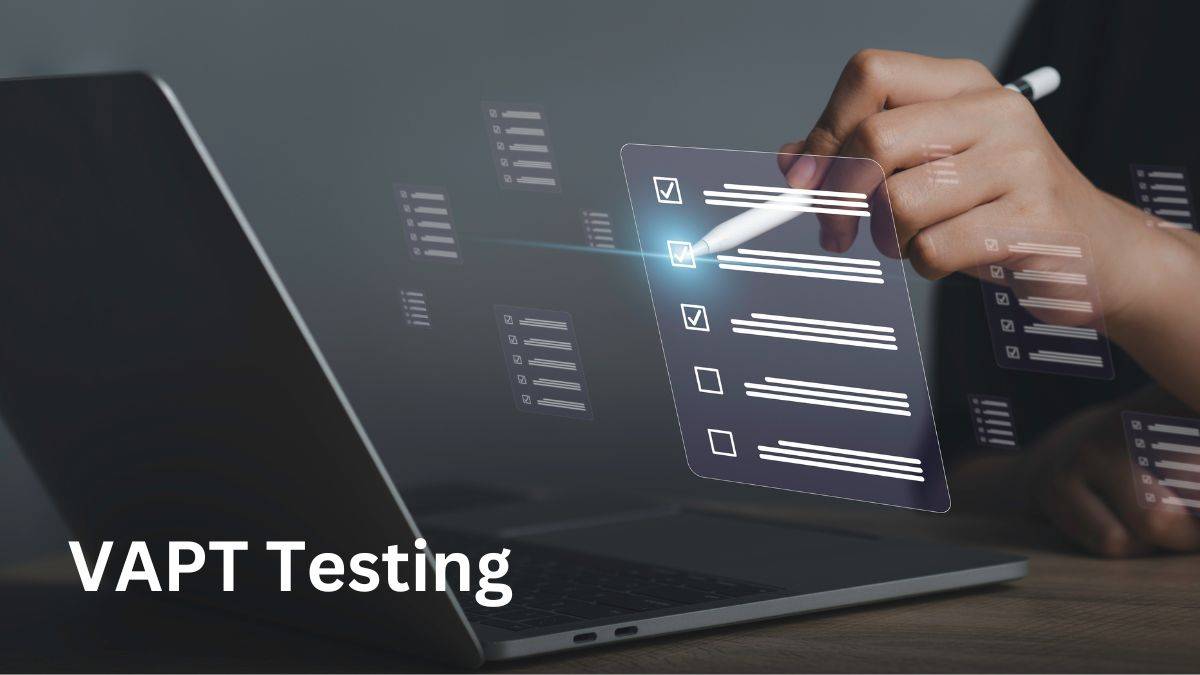Drone enthusiasts know that a drone is only as good as its battery. Without a reliable power source, even the most advanced drone can fall short. So, why does battery performance matter so much? Imagine taking your drone out for a perfect aerial shoot, only to have it cut short because of a weak battery. Frustrating, right? This article explores why battery performance is crucial and introduces five high-performance batteries that drone enthusiasts love.
Why Battery Performance Matters for Drone Enthusiasts
Battery performance directly affects how long and how well your drone can fly. A high-performance battery ensures longer flight times, better handling of power-hungry maneuvers, and overall reliability. For enthusiasts capturing breathtaking aerial footage or racing at high speeds, a superior battery makes all the difference.
Overview of the Article
This article dives into what makes a drone battery high-performance, outlines key specifications, and reviews the top five high-performance batteries available. It also compares these batteries and provides tips on choosing and maintaining the right one for your drone.
Understanding High-Performance Drone Batteries
What Defines a High-Performance Battery?
High-performance batteries for drones are designed to deliver superior power, efficiency, and longevity. They have high capacity, stable voltage, high discharge rates, and are lightweight, balancing power and efficiency perfectly.
Key Specifications to Look For
Capacity (mAh)
The capacity, measured in milliampere-hours (mAh), indicates how much charge the battery can hold. Higher capacity means longer flight times.
Voltage (V)
Voltage determines the power output. Most drone batteries are 3.7V (single cell) or higher. More cells in series increase voltage, offering more power.
Discharge Rate (C Rating)
The C rating shows how quickly the battery can be discharged. A higher C rating means the battery can provide more power quickly, essential for high-performance drones.
Weight and Dimensions
Weight and size affect the drone’s flight dynamics. Lighter batteries reduce overall weight, improving flight time and maneuverability.
Types of Drone Batteries
Lithium Polymer (LiPo)
LiPo batteries are popular due to their high energy density and lightweight. They provide great power output and are ideal for performance-oriented drones.
Lithium-Ion (Li-Ion)
Li-Ion batteries offer longer lifespan and better energy density but are heavier than LiPo batteries. They’re suitable for longer, steady flights.
Nickel Metal Hydride (NiMH)
NiMH batteries are less common but are safe and have a good life cycle. They are heavier and provide less power than LiPo and Li-Ion batteries.
Other Emerging Technologies
Advancements are being made in solid-state batteries and graphene batteries, promising higher capacities and quicker charging times.
The Top 5 High-Performance Drone Batteries
1. Battery A: The Powerhouse
Overview and Key Features
Battery A is known for its immense power output and high capacity, perfect for demanding applications.
Performance Metrics
- Capacity: 5000mAh
- Voltage: 22.2V
- Discharge Rate: 50C
- Weight: 600g
Pros and Cons
Pros: High power, long flight time, reliable performance
Cons: Heavier, more expensive
Ideal Use Cases
Best for heavy-lift drones and professional filming drones requiring extended flight times.
2. Battery B: The Long-Lasting
Overview and Key Features
Battery B excels in longevity, providing consistent power for extended periods.
Performance Metrics
- Capacity: 6000mAh
- Voltage: 14.8V
- Discharge Rate: 30C
- Weight: 500g
Pros and Cons
Pros: Long flight duration, durable
Cons: Moderate discharge rate, heavier
Ideal Use Cases
Ideal for surveying, mapping, and other activities that need prolonged flight times.
3. Battery C: The Lightweight Champion
Overview and Key Features
Battery C is designed for minimal weight, maximizing flight time and agility.
Performance Metrics
- Capacity: 4000mAh
- Voltage: 11.1V
- Discharge Rate: 40C
- Weight: 300g
Pros and Cons
Pros: Lightweight, high discharge rate
Cons: Lower capacity
Ideal Use Cases
Great for racing drones and lightweight aerial photography drones.
4. Battery D: The Budget-Friendly Performer
Overview and Key Features
Battery D offers a balance of performance and affordability.
Performance Metrics
- Capacity: 4500mAh
- Voltage: 14.8V
- Discharge Rate: 35C
- Weight: 400g
Pros and Cons
Pros: Affordable, decent performance
Cons: Moderate weight, average capacity
Ideal Use Cases
Suitable for hobbyists and beginners looking for cost-effective options.
5. Battery E: The All-Rounder
Overview and Key Features
Battery E provides balanced performance, making it versatile for various drone types.
Performance Metrics
- Capacity: 5000mAh
- Voltage: 18.5V
- Discharge Rate: 40C
- Weight: 450g
Pros and Cons
Pros: Balanced performance, versatile
Cons: None significant
Ideal Use Cases
Perfect for general-purpose use, offering a good balance of power, capacity, and cost.
Performance in Different Conditions
Cold Weather: Batteries tend to perform worse in cold weather. LiPo batteries handle cold better than Li-Ion.
Hot Weather: High temperatures can reduce battery life. LiPo batteries perform well but need careful temperature management.
High Altitude: At higher altitudes, battery performance can decrease due to thinner air. High-discharge batteries like Battery A and C perform better in these conditions.
Cost-Benefit Analysis
Balancing cost and performance is crucial. While Battery A offers superior performance, its high cost might not justify its use for all enthusiasts. Battery D provides good performance at a budget-friendly price, making it a great starting point for beginners.
How to Choose the Right Battery for Your Drone
Assessing Your Drone’s Requirements
Different drones have different power requirements. Check your drone’s specifications to understand the compatible battery type and size.
Balancing Performance and Cost
Consider how often you fly and what you use your drone for. Investing in a high-performance battery is worthwhile for regular use and professional applications.
Considering Flight Time and Charging Needs
Longer flight times reduce the frequency of battery swaps. If you’re doing extended flights, choose a battery with higher capacity and quick charging capabilities.
Evaluating Weight and Size Constraints
Ensure the battery fits within your drone’s weight and size constraints. Heavier batteries might offer longer flight times but can affect the drone’s handling.
Maintenance Tips for Drone Batteries
Proper Charging Techniques
Always use the charger recommended by the battery manufacturer. Avoid overcharging or completely draining the battery.
Storage Best Practices
Store batteries in a cool, dry place. Partially charge them before storage to prolong their lifespan.
Maximizing Battery Lifespan
Cycle your batteries regularly (charge and discharge) to keep them in good condition. Avoid exposing them to extreme temperatures.
Safety Precautions
Handle batteries with care. Inspect them regularly for damage and dispose of them safely according to local regulations.
Future Trends in Drone Battery Technology
Advancements in Battery Chemistry
Research is ongoing into new battery chemistries like solid-state and graphene batteries, which promise better performance and safety.
Integration with Smart Technology
Future batteries may include smart technology to monitor and manage battery health and performance in real-time.
Environmental Considerations
Eco-friendly battery options and recycling programs are becoming more important as the drone industry grows.
Summary
Recapping the top 5 high-performance RC batteries, each offers unique advantages. Battery A is a powerhouse, Battery B provides longevity, Battery C is lightweight, Battery D is budget-friendly, and Battery E is an all-rounder. Choosing the right battery involves balancing performance, cost, and specific needs.
Frequently Asked Questions (FAQs)
How do I know when my drone battery needs replacing?
Look for signs like reduced flight time, swelling, or difficulty in charging. If performance drops significantly, it’s time to replace the battery.
Can I mix and match different battery brands?
It’s best to use batteries recommended by your drone’s manufacturer. Mixing brands can lead to compatibility issues and potential damage.
What’s the best way to dispose of old drone batteries?
Follow local regulations for battery disposal. Many places have designated recycling centers for electronic waste.
How does temperature affect drone battery performance?
Extreme temperatures, both hot and cold, can reduce battery efficiency and lifespan. Store and use batteries within recommended temperature ranges.
Are there any upcoming battery technologies that could revolutionize drone flying?
Yes, advancements in solid-state and graphene battery technologies are promising significant improvements in energy density, safety, and charging times.
Conclusion
Exploring high-performance batteries opens up new possibilities for drone enthusiasts. By understanding your needs and the capabilities of different batteries, you can enhance your drone flying experience. Keep experimenting, and you’ll find the perfect power source for your adventures in the sky!



